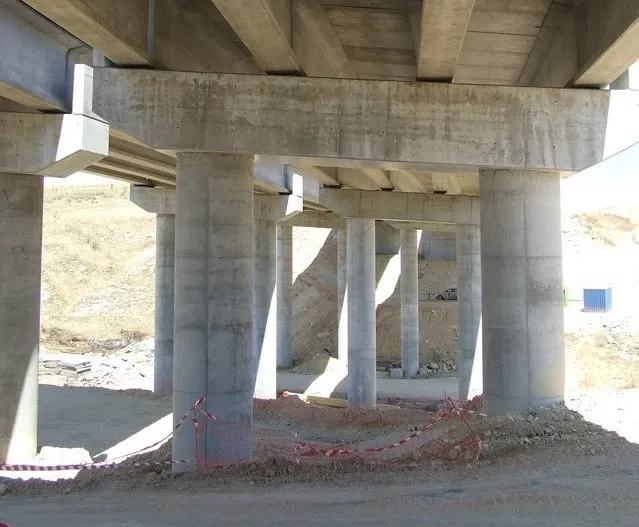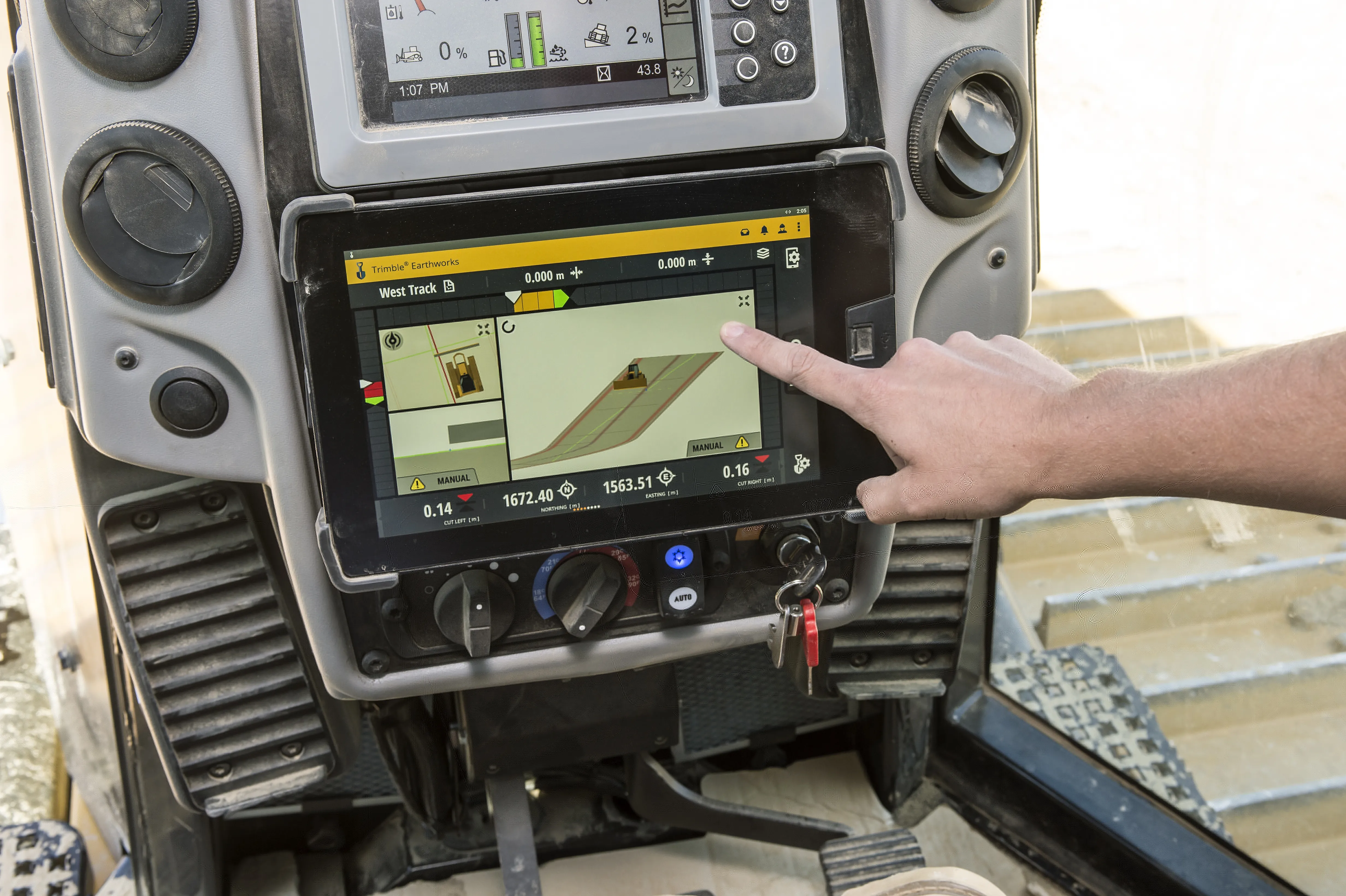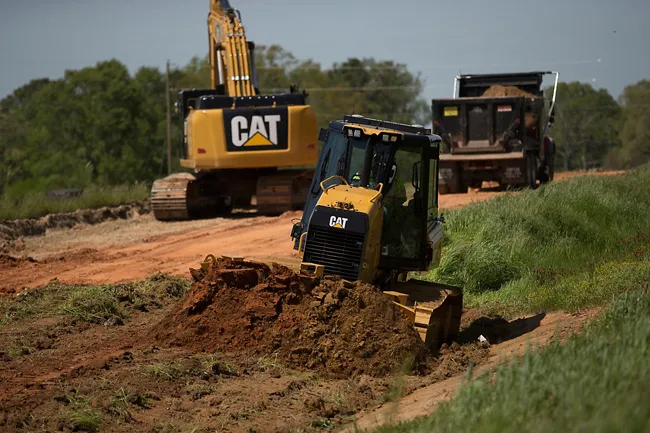
This software is said to deliver accurate movement analysis as well as extensive support for a wide variety of monitoring sensors. These can range from total stations to piezometers and crack gauges to GNSS reference receivers. In addition, multiple monitoring sites can be managed from a single, platform that allows visualisation, performs rigorous analysis and provides alerts, for real-time automated monitoring applications.
According to Trimble Monitoring Solutions, configuring sensor communications previously took hours but now takes just a few minutes. Setting up and operating a real-time monitoring system also said to be easier than before.
The firm’s 4D Control 5.0 introduces support for Worldsensing’s Loadsensing wireless monitoring system. This allows users to connect and configure geotechnical sensors from a variety of manufacturers with hundreds of sensor models. It simplifies the configuration process, delivering real-time data streaming from the geotechnical sensors to the 4D Control software. In addition, the firm says that the Loadsensing long-range and low-power wireless nodes provide an effective connectivity solution for complex monitoring scenarios.
Version 5.0 also includes an updated seismogeodetic data processing module that simplifies the setup when using Trimble’s Kestrel seismogeodetic system. With this new version, the T4D Control is said to make it easy to use the satellite-based RTX corrections capabilities of the Kestrel system. Structural engineers are said to benefit from detailed information where high-quality, real-time seismic data is critical.








